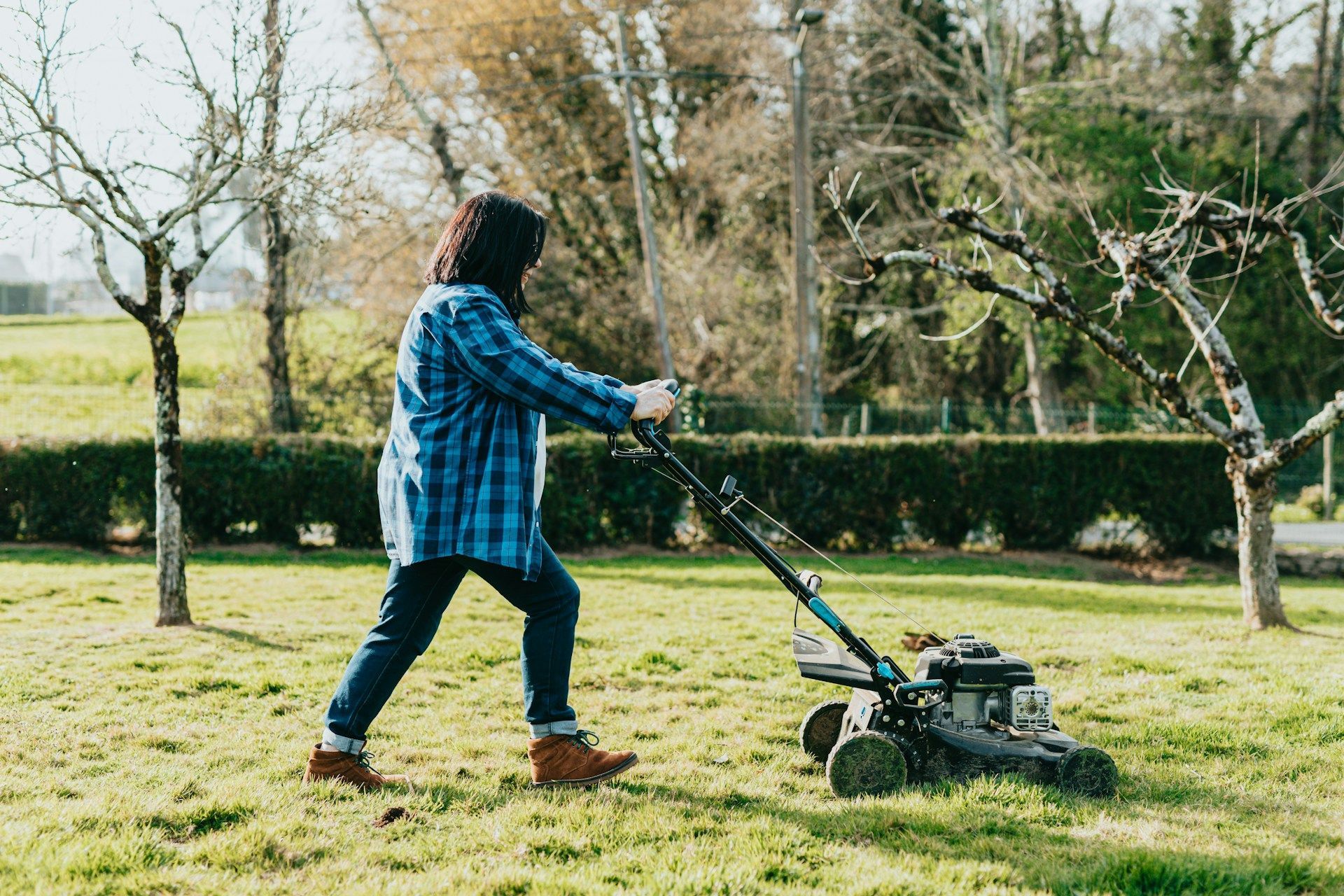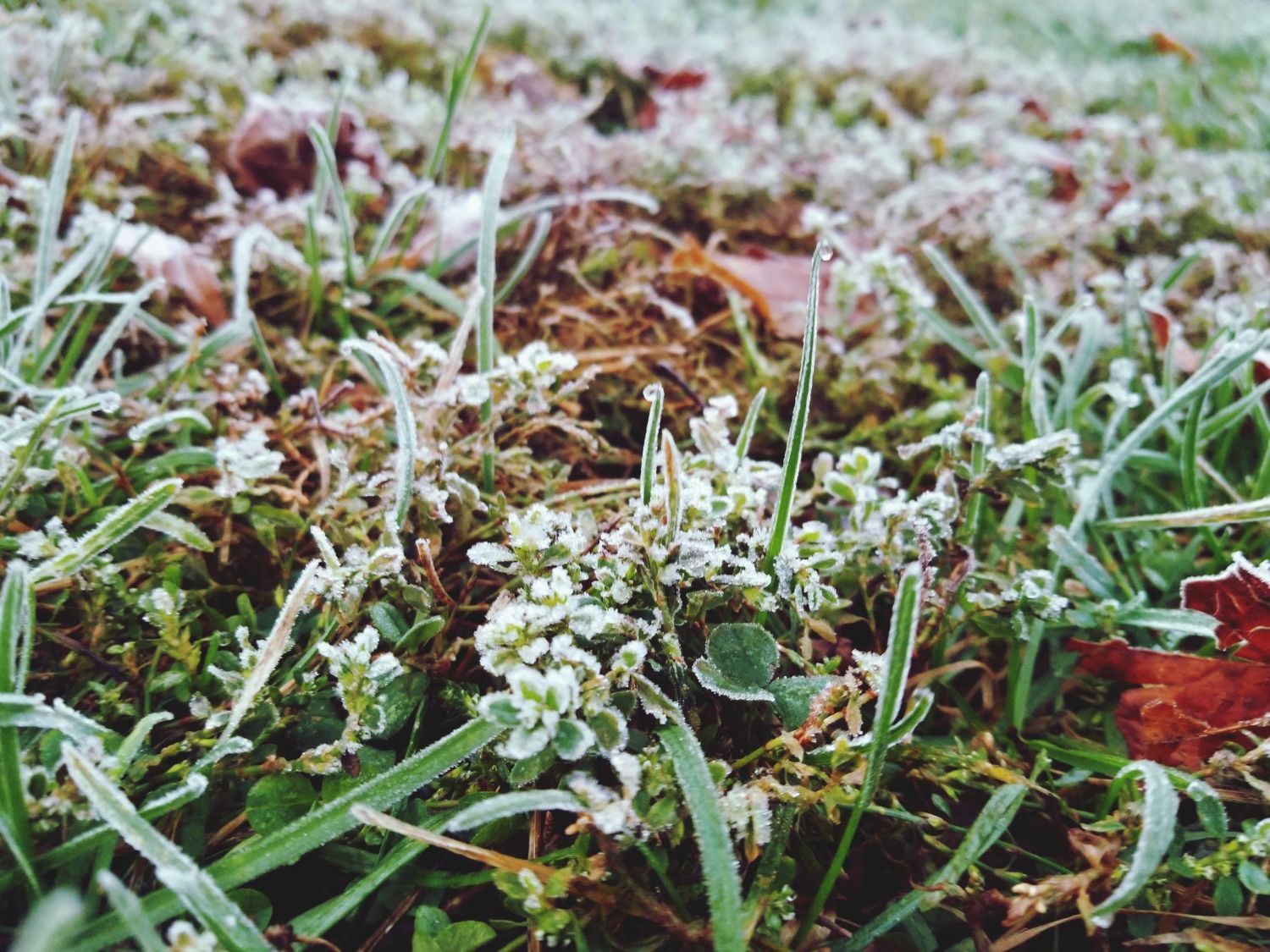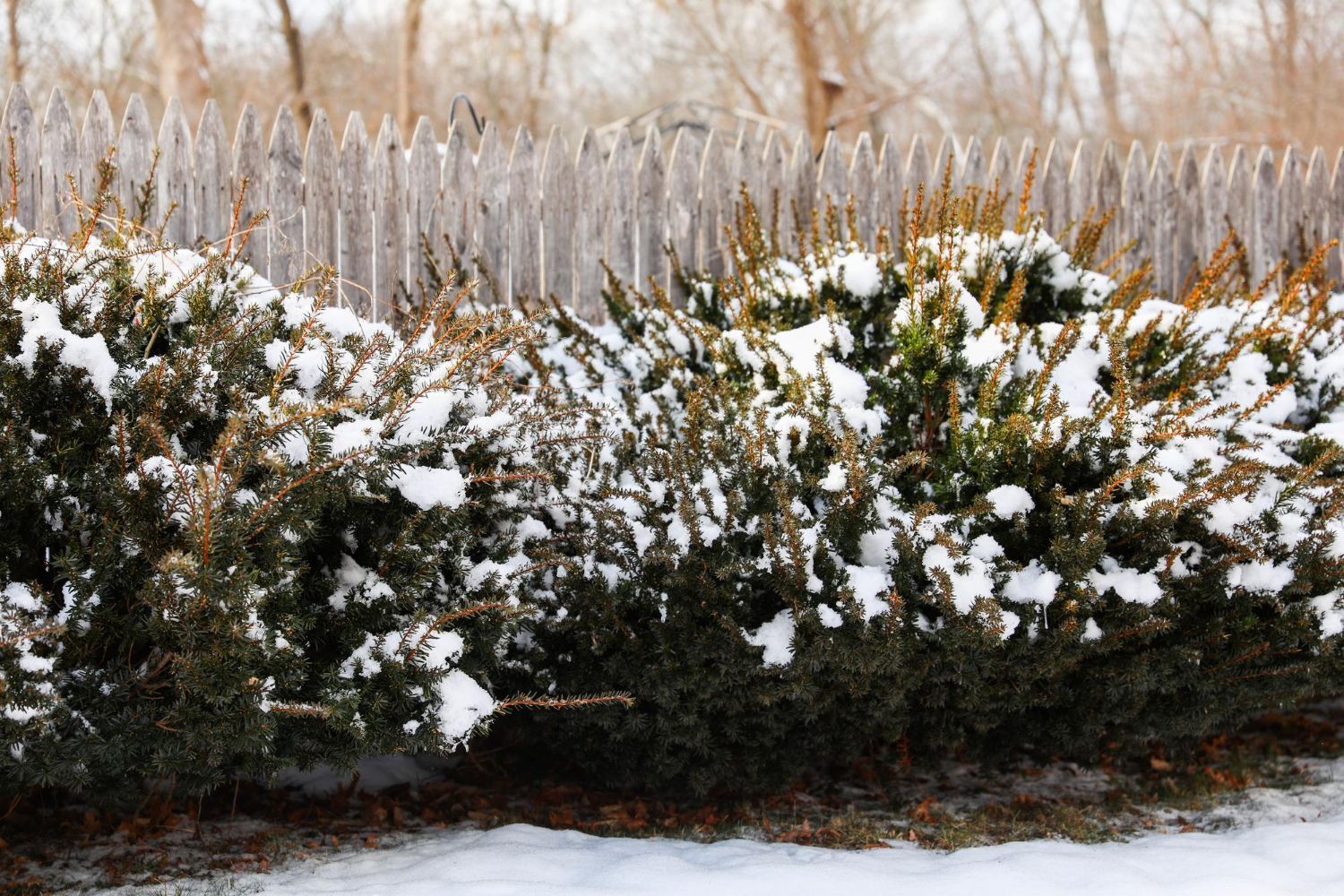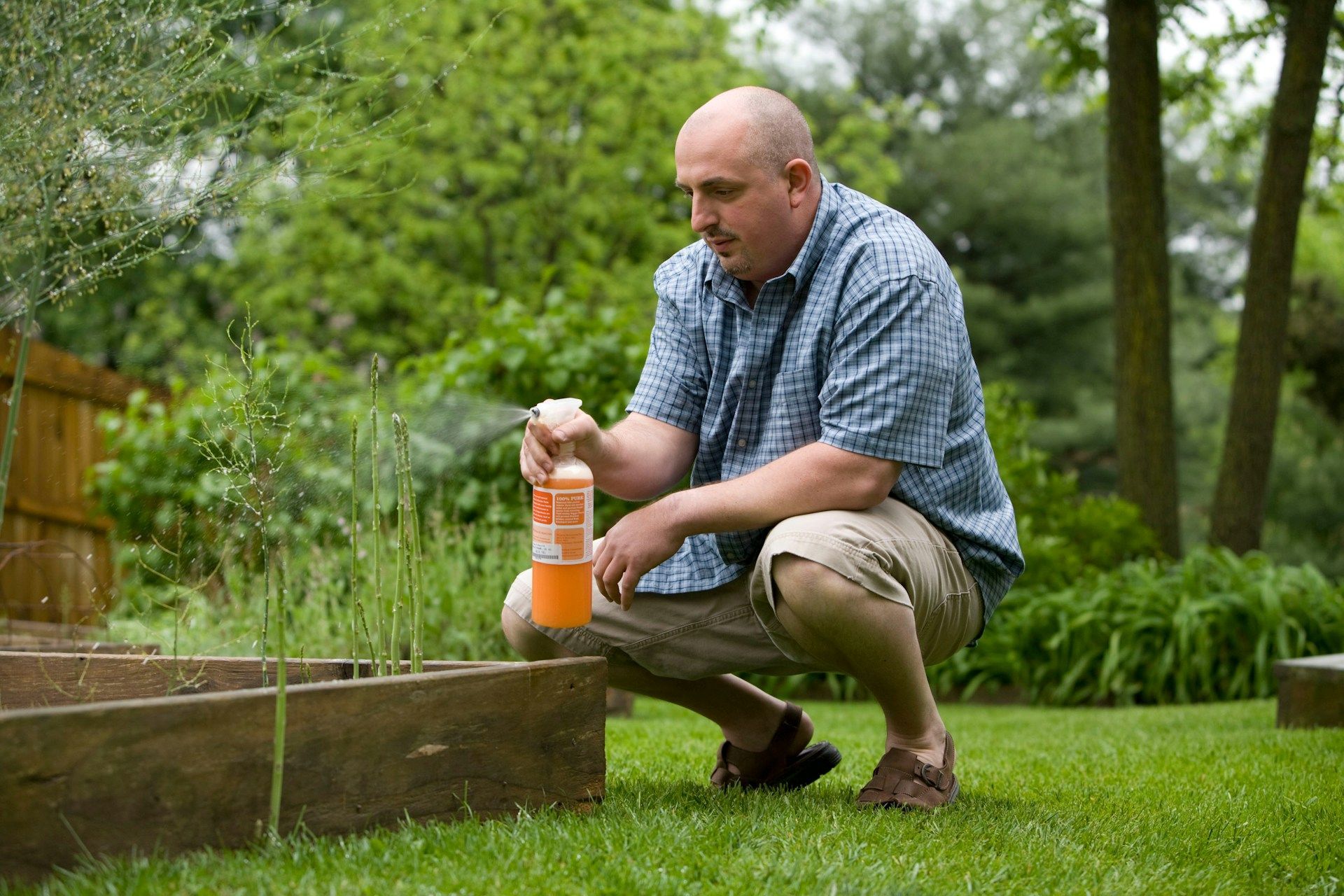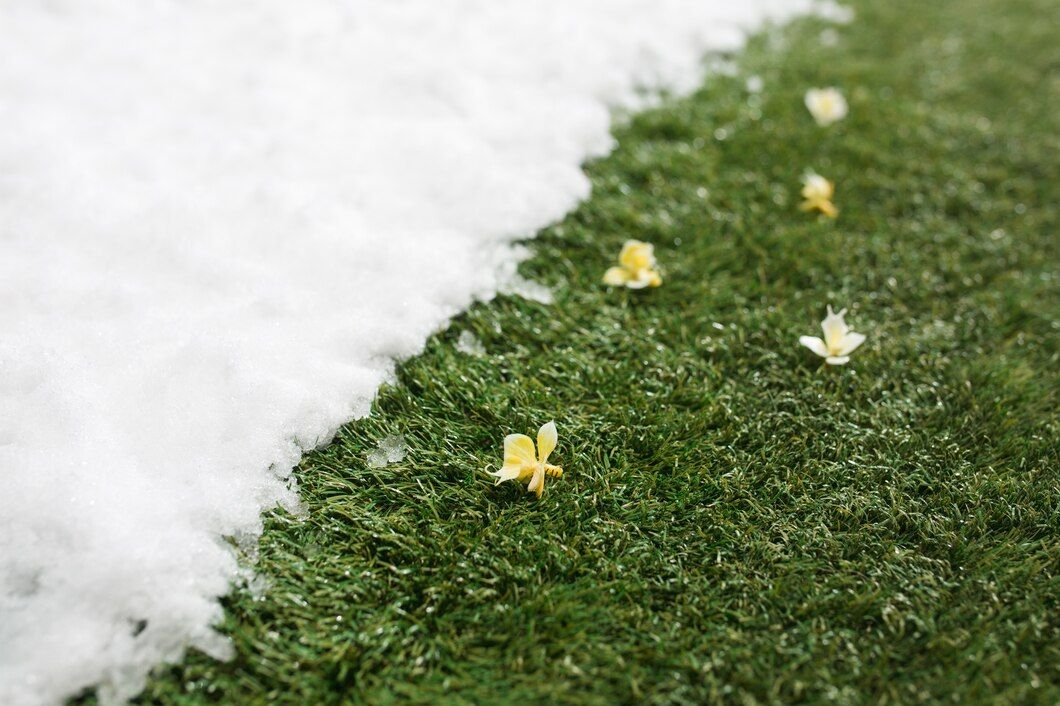What Our Customers Are Saying
How to Keep Your Lawn Perfectly Mowed
A well-mowed lawn is the pride of any neighborhood, but it's more than just a visual delight. Proper mowing practices contribute significantly to your lawn's overall health. Regular and correct mowing ensures that your grass grows strong and stays green. But how do you achieve that perfect mow? It's not just about cutting grass; it's about making smart choices and following the right techniques.
Choosing the right mower is the first step. Different lawns need different mowers, and picking the best one for your yard can make the task much more manageable. Once you have the right equipment, using proper mowing techniques like maintaining the correct height and choosing the best times to mow will keep your lawn looking its best.
Maintenance of your mower is equally essential. Dull blades or a poorly kept mower can harm your lawn. Regularly sharpening blades and proper cleaning can prevent these issues. Seasonal adjustments to your mowing practices will also help meet the changing needs of your lawn throughout the year.
In this article, we'll walk you through all the steps to keep your lawn perfectly mowed, from choosing the right mower to fine-tuning your mowing techniques.
Choosing the Right Mower for Your Lawn
Types of Mowers
When mowing your lawn, the type of mower you choose can make a significant difference. Several types of mowers are available, each suited to different lawn sizes and needs.
1. Push Mowers: These are ideal for small to medium-sized lawns. They are cost-effective and come in both manual and powered versions. Manual push mowers are simple and eco-friendly since they don't use gas or electricity. Powered push mowers, on the other hand, provide extra cutting force.
2. Self-Propelled Mowers: These are perfect for medium to large lawns. They come with a motor that drives the wheels, making it easier to move across the lawn with less effort. This is especially helpful for hilly or uneven terrain.
3. Riding Mowers: Best for very large lawns, riding mowers allow you to sit and steer as you mow. They cover more ground quickly and are equipped with various features to make mowing more accessible and more efficient.
4. Zero-Turn Mowers: Known for their agility, they can pivot on the spot, making them excellent for navigating obstacles and tight corners. They are best suited for large lawns with lots of landscaping features.
Selecting the Best Mower for Your Needs
Choosing the best mower involves considering your lawn’s size, terrain, and any specific requirements. For a small yard, a manual or powered push mower might be sufficient. These are lightweight and easy to store. If your lawn is larger or has hills, a self-propelled mower will save you time and energy.
For extensive areas, a riding mower or zero-turn mower is ideal. These machines cover large swaths of land quickly and come with features like adjustable cutting heights and attachments for mulching or bagging grass clippings. Think about how much storage space you have, as riding mowers and zero-turn mowers need more room.
Don’t forget to consider maintenance requirements. Some mowers are easier to maintain than others. Look for models that have accessible parts and come with a good warranty. This will ensure you can keep your mower in top condition for years to come.
Essential Mowing Techniques
Correct Mowing Height
One of the most critical aspects of mowing is setting the correct cutting height. Different grass types have specific height requirements, so it's essential to know what's best for your lawn. Most lawns thrive when mowed to a height of about 2.5 to 3.5 inches. Taller grass helps shade the soil, reducing water evaporation and inhibiting weed growth.
Avoid cutting more than one-third of the grass blade's length at a time. This rule of thumb keeps the grass healthy and reduces stress. Cutting too short can weaken the grass and lead to brown patches while mowing too infrequently can cause thatch buildup and make mowing more difficult.
Best Times to Mow
Timing is everything when it comes to mowing. The best time to mow is late in the morning or early evening. Mowing in the day's heat can stress the grass while mowing too early. When the grass is still wet from dew, it can lead to uneven cuts and promote fungus growth.
Mow your lawn regularly, but adjust the frequency based on the growth rate of your grass. During peak growing seasons, you might need to mow every week, while less frequent mowing may suffice during slower growth periods. Keep an eye on weather conditions, as drought or heavy rains can affect your mowing schedule.
By following these mowing techniques, you’ll help your lawn stay lush and healthy. Each cut will be smooth and even, promoting strong, vibrant grass that is more resistant to pests and diseases.
Maintenance Tips for a Healthy Lawn
Sharpening Mower Blades
Keeping your mower blades sharp is crucial for a healthy lawn. Dull blades tear the grass, creating ragged edges that can turn brown and make your lawn look unsightly. Tearing also makes the grass more susceptible to diseases and pests.
To sharpen your blades, remove them from the mower and use a file or a sharpening tool. Aim to sharpen the blades every 20-25 hours of mowing. For most homeowners, this means sharpening at least once per season. Make sure the blades are balanced after sharpening. Uneven blades can cause vibrations and uneven mowing.
If you’re not comfortable sharpening blades yourself, many hardware stores and lawn service companies offer sharpening services. Remember, sharp blades make mowing easier and improve the overall health of your lawn.
Cleaning and Storing Your Mower
Regular cleaning prevents debris from building up on your mower, which can cause rust and reduce efficiency. After each use, turn off and unplug the mower, then use a brush or hose to remove grass clippings and dirt from the blades and underside.
Proper storage extends the life of your mower. Store it in a dry place, such as a shed or garage, to protect it from the elements. During the off-season, consider emptying the gas tank and checking for any necessary repairs.
By maintaining your mower, you ensure it performs well each time you use it. A well-maintained mower cuts more efficiently, making your lawn look its best.
Seasonal Mowing Tips
Spring and Summer Mowing Practices
Spring and summer are the peak growing seasons for most lawns. Start mowing in the spring when the grass reaches about 3 to 4 inches in height. Keep your mower blades high to promote strong root growth and crowd out weeds.
During the hot summer months, raise the mowing height slightly. Taller grass shades the soil, helping to retain moisture and reduce the growth of weeds. Mow frequently enough to never remove more than one-third of the grass blade at a time. This prevents stress and keeps your lawn looking lush.
Water deeply and less frequently to encourage deep root growth. Early morning is the best time to water, allowing the grass to dry out during the day and reducing the risk of fungal growth.
Fall and Winter Mowing Adjustments
As temperatures cool in the fall, continue mowing but gradually lower the cutting height. Removing more of the blade can help prevent diseases and prepare your lawn for the dormant winter season.
Keep mowing until the grass stops growing, usually after the first frost. Rake up fallen leaves regularly to prevent them from smothering the grass. Leaves can also cause fungal issues if left to build up.
In winter, store your mower properly as outlined in the maintenance section. Avoid walking on the frozen grass to prevent damage. Preparing your lawn in the fall helps ensure it bounces back quickly in the spring.
Final Thoughts
Maintaining a perfectly mowed lawn involves choosing the right mower, using proper mowing techniques, and performing regular maintenance. By following these tips, you can keep your lawn lush, healthy, and beautiful through every season.
For expert
lawn care services that ensure your yard stays in top shape, contact Healthy Lawn today. Our professional team offers everything from mowing to full-service lawn care, so you can enjoy a green, thriving lawn without the hassle.


